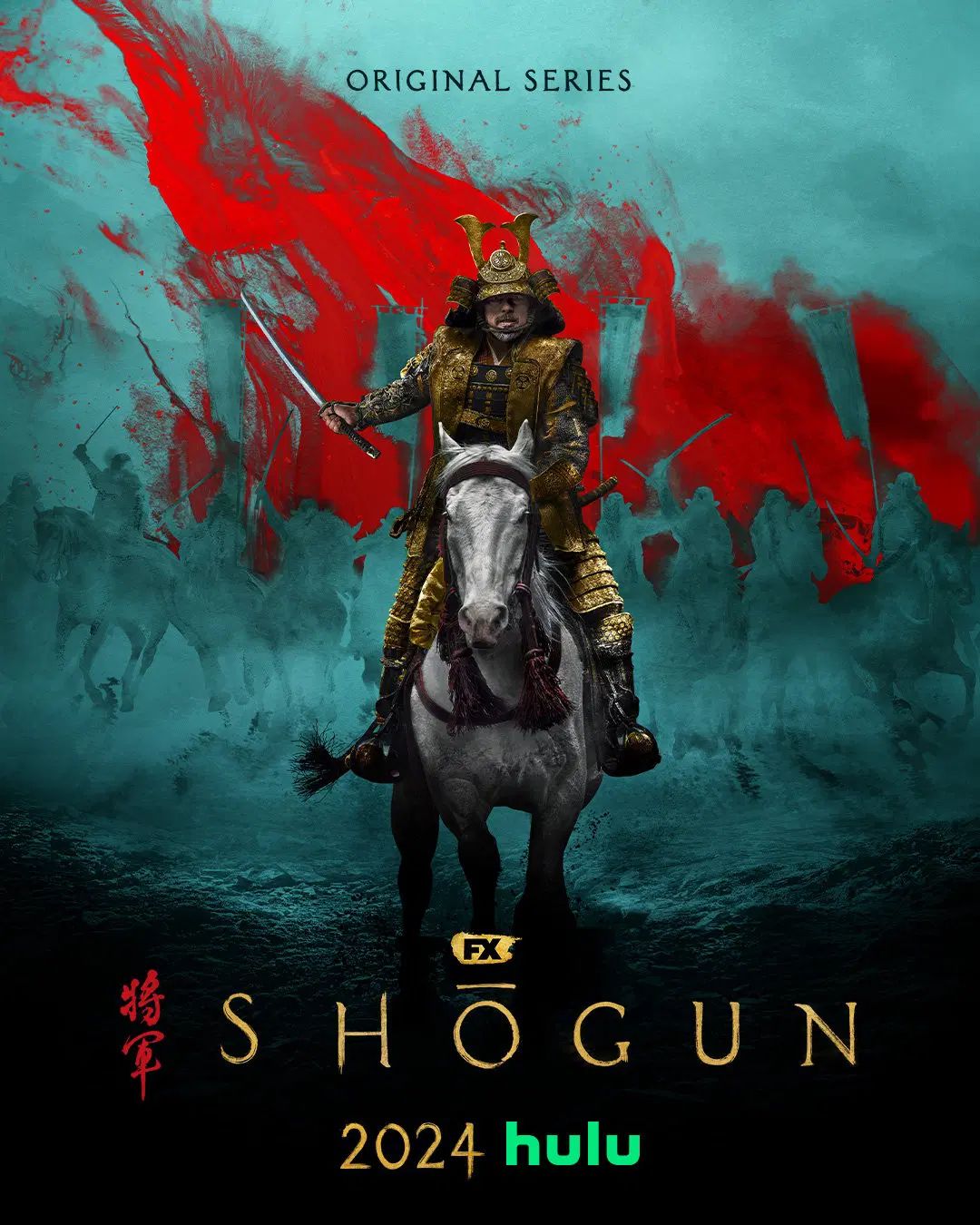The creators of the series felt like the Englishman’s seppuku had to go a different way.
The Big Picture
- The creators of
Shōgun
made changes, such as delaying Blackthorne’s seppuku scene for more impact. - The decision to postpone the seppuku scene allowed Blackthorne’s character to develop more authentically.
-
Shōgun
rejects white saviorism by having Blackthorne’s seppuku be a meaningful contribution rather than appropriation.
The creators of the limited series, Shōgun, stayed authentic to the source material, but in very few cases, there had to be changes. Justin Marks and Rachel Kondo spoke to Slate about deciding to change John Blackthorne’s (Cosmo Jarvis) attempted seppuku in Episode 10. The series depicts the act of ritual suicide at length in some of the most tragic scenes, but by the Japanese characters that understand its cultural significance. For Blackthorne to choose to take this action, it would have to be meaningful.
“There’s a very famous portion of the book where Blackthorne proposes seppuku,” Marks said, “and that’s a moment that carries a lot of weight. But it occurs earlier in the book, and we didn’t feel like it was earned, so we kicked it down the line to where it carried more weight.”
In a separate interview with Collider, the husband and wife writing team explained that this moment would have been in Episode 4 if it was faithful to the source material. This placement would have been far too soon for Blackthorne to truly understand the context of this undertaking. Only after losing Mariko (Anna Sawai), his way of getting home, and his entire purpose, could he be in a place to undertake this monumental decision. Marks added that they weren’t sure if they would include the scene, but if they did, it would have to be right.
“It did eventually feel right, but I think the flash-forward structure was part of getting us there and understanding, ‘What if we could just build Blackthorne’s story to that point?’ When it came together, it was like, ‘Of course. Now it’s inevitable that he would have to sort of do that.’ And he’s bad at it. He’s not doing proper seppuku, believe me, but he is understanding how one can use life and death as a weapon towards expressing one’s will.”
Blackthorne’s act of desperation ultimately seals his fate in Japan, whether he realizes it at the time or not.
‘Shogun’ Rejects the White Savior Narrative
At this point in the series, Blackthorne is so powerless that seppuku seems the only option. He sees Lord Toranaga (Hiroyuki Sanada) submitting the village to senseless violence, and only by choosing ritual suicide can he make a meaningful contribution. The writers were highly aware of how this scene could go wrong. From the start, it seems the Englishman is heading straight into white saviorism. But at every turn, the character proves this is not his story, especially when Toranaga stops him from dying.
The lord kills these villagers for the direct purpose of testing Blackthorne. With his attempted seppuku, Toranaga can finally trust that the English navigator is resigned to his side. The scene very quickly changes course from an Englishman appropriating Japanese culture to a character who must realize he is not the one in control. His fate is to stay in Japan and he ultimately accepts his destiny. Making these small changes can benefit any story. It doesn’t besmirch the source material but elevates it. The series has become a television phenomenon for good reason. Viewers can catch the end of Shōgun by streaming it on Hulu.

Shogun (2024)
When a mysterious European ship is found marooned in a nearby fishing village, Lord Yoshii Toranaga discovers secrets that could tip the scales of power and devastate his enemies.
- Cast
- Anna Sawai , Hiroyuki Sanada , Tadanobu Asano , Yûki Kedôin
- Main Genre
- Drama
- Network
- FX
- Streaming Service(s)
- Hulu
This article was originally published on collider.com


